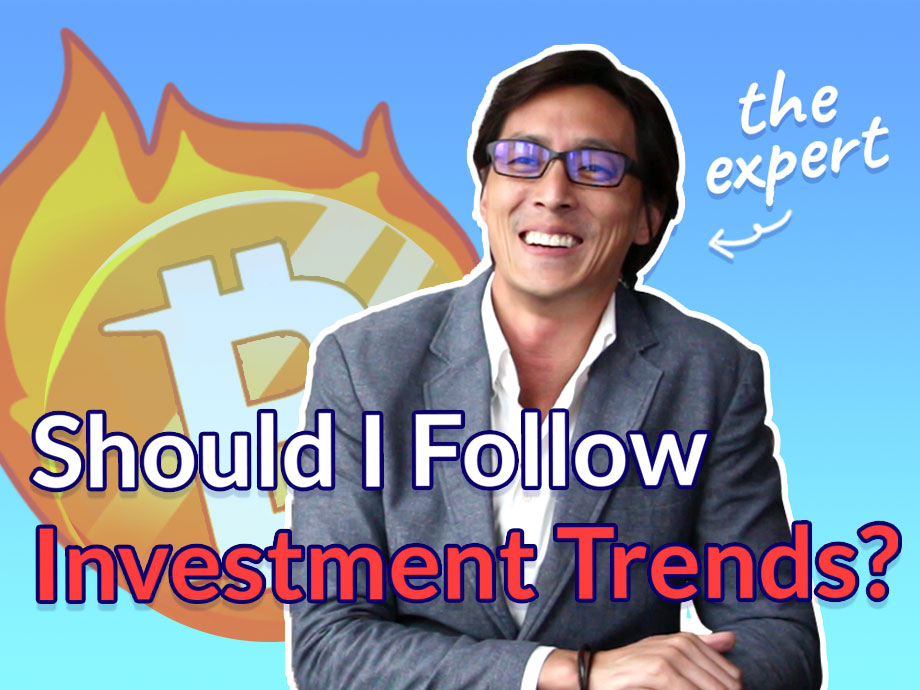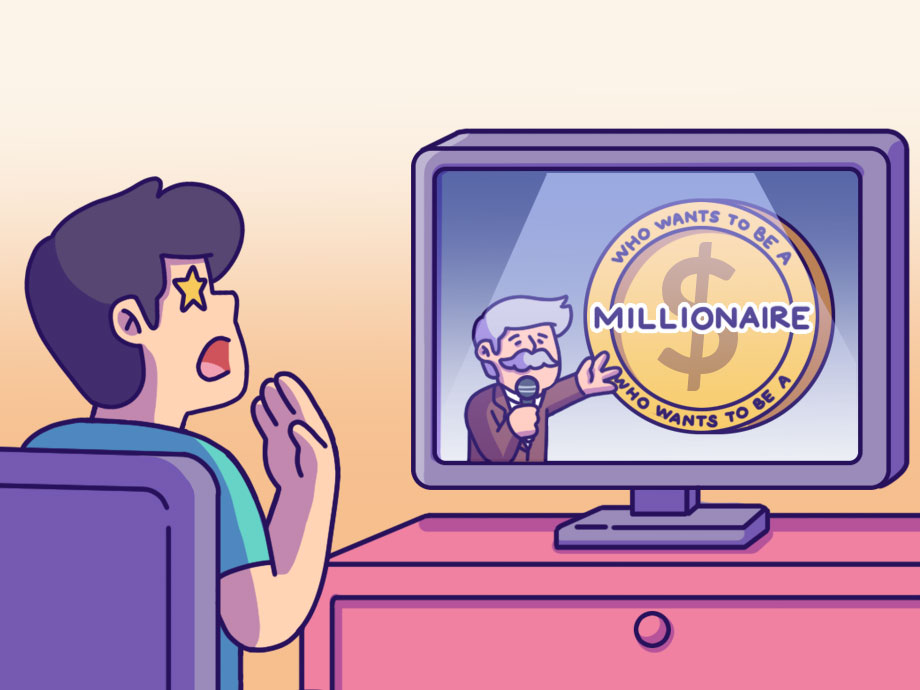Investing | Article
Investing for Beginners: ETFs
by The Simple Sum | 15 Mar 2021 | 5 mins read

If you already have an emergency fund and know your retirement goal amount, you need to start investing money towards that goal.
But hold your horses, you might say, I don’t want to take risks with investing. I also don’t want to be like my dad glued to the teletex — I want a life.
We got you fam. In that case, we’re going to talk about the first — and last — investment strategy you might ever need.
First, what to invest in?
There’s an absurd amount of things one can invest in, from property, shares, bonds, gold, oil, even luxury goods like watches and wine.
But shares are a great investment cornerstone for the average salaryman, that’s because it’s possible to be a share investor with just RM50. Much more attainable than a five-figure down payment required for a property investment, that’s for sure.
But to recap the basics, buying a share means to become a part-owner in an actual company. The value of your shares grow and shrink depending on the company’s profitability.
So, owning shares will allow you to take part in a company’s successes and lay claim on their profits, instantly turning you from consumer to capitalist. Great!
There are no original thoughts
At this point, a thought might cross your mind: I love Apple products, looking up from your iPhone 13. Everybody does! Look at the queues when a new iPhone drops, investing in Apple’s a sure win!
So why don’t we all just buy Apple shares?
Well, that thought probably crossed the thousands of Apple fanboys in the queue. Also, the stock market is an open ocean, and we are swimming in the same pool as sharks — from investment bankers on Wall Street to retail traders on apps.
This means that due to demand and faster fingers, Apple’s share’s price could have already been driven up, not leaving headroom for further growth in price thus profit. But that’s the least of one’s worries, if we are talking about Apple, remember Nokia? Could that happen to Apple in 10 years? Nobody knows for sure.
So if you don’t know what you’re doing, you can easily lose money stock-picking if a company’s share price goes down or underperforms.
But, if shares are so risky, why are we even talking about them then?
Diversifying to manage risk
This is because as a whole, most of the top listed shares on Bursa have performed well over time; between December 2000 and December 2020, the FBM KLCI gained about 139%.
Looking overseas, in the U.S, the top 500 listed companies have averaged 10% in returns over the last 40 years. These results are even after accounting for 2 major global economic crises in 1997 and 2008 respectively.
So the biggest companies – as a collective whole – have consistently beaten inflation easily (inflation is projected to be 2.42% in 2021). This is based on the belief that economies always trend upwards as the human race will keep improving over time – economically speaking, at least.
So diversification is a big thing in investing, don’t put all your eggs into a single basket; to prevent the risk of picking a wrong share, buy ALL the shares.
But you might be thinking, “Even I know you need a lot of money just to buy 500 different company shares!”
Enter ETFs
With about RM200 you can buy the shares of the top 30 companies in Malaysia. Even better, with that same amount, you can even buy into the performance of over a thousand companies across the world.
This can be done by Exchange-Traded Funds (ETFs), a type of investment that can track indexes. And what are indexes? Simply put, indexes are rulers that measure the performance or price movements of a set of stocks.
And the ones we mentioned earlier do actually exist:
- FBM KLCI: The top 30 companies in Malaysia
- S&P 500: The Top 500 companies in the U.S
- MSCI Core World: A spread of 1,636 companies representing economies across the developed world
So ETFs track these indexes. This means buying a single unit of an ETF exposes you to a broad index of multiple companies.
But not all ETFs are created equal. You will need to do your due diligence and read the statements provided by the fund providers and track the performance of an ETF on your own.
Control investment costs
And on the topic of the risk of losing capital, what’s another sure way to not lose money?
Well, simply not spending too much of it! And this goes for investing too, when you buy shares you will have to pay middlemen — from the banks to brokers and fund managers, the capitalists must get their fee.
And fortunately for us, most ETFs tick the cost-effective box.
This is because ETFs simply “follow-the-index”, so they do not need to be actively managed by a well-paid financial person. These savings on lower operational costs are passed to you, the investor.
To evaluate whether an ETF is cheap, look at the expense ratio of an ETF. These are the fees charged by the ETF fund manager. You can find this in an ETF’s fact sheet.
















